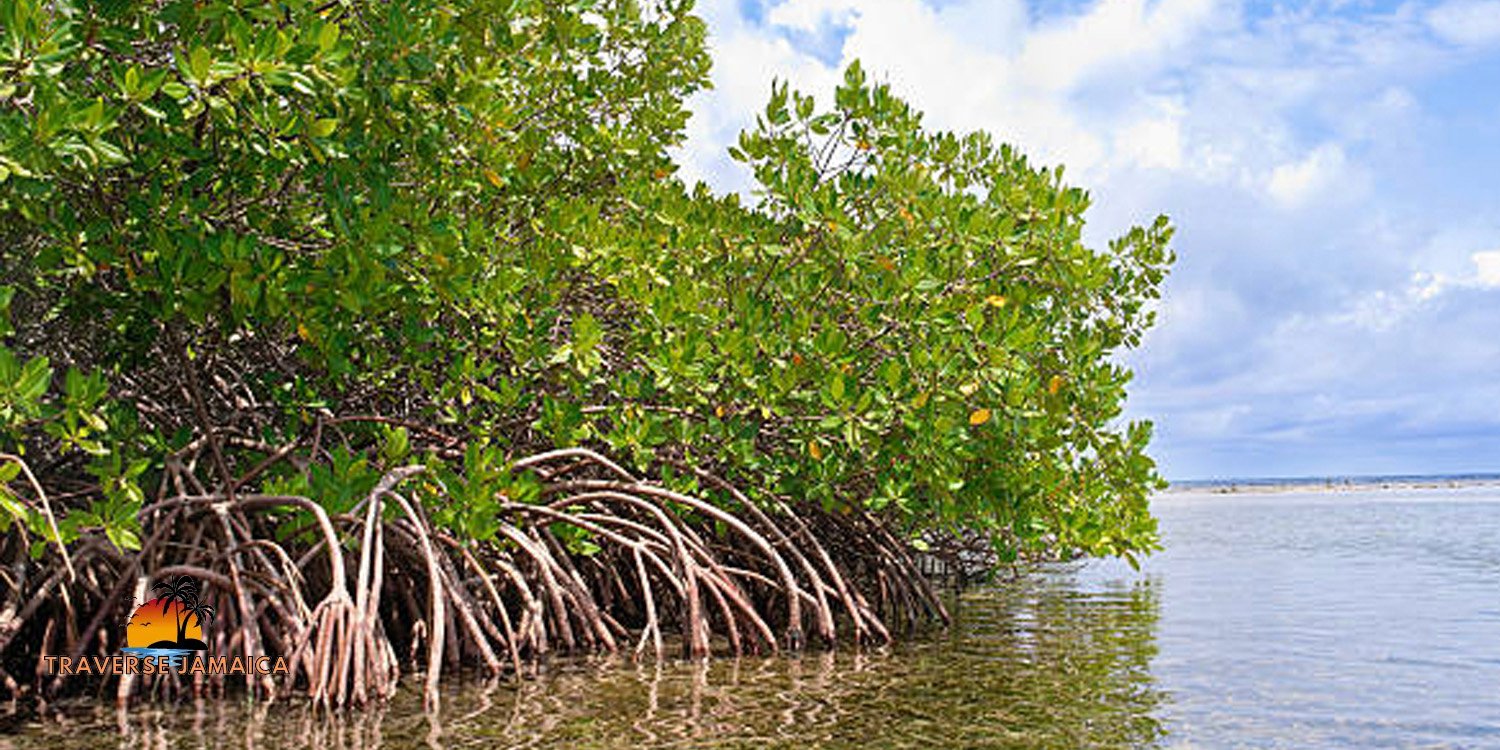AJamaica is renowned for its stunning beaches, lush forests, and vibrant culture. Yet, one of its most crucial and often overlooked natural treasures is its mangroves. These unique coastal forests play a vital role in maintaining the health and stability of Jamaica’s ecosystems. In this article, we will explore the significance of mangroves in Jamaica, highlighting their ecological, environmental, and societal benefits, as well as the efforts being made to protect them.
What are Mangroves?
Mangroves are a group of trees and shrubs that thrive in coastal intertidal zones. Adapted to salty and brackish water, they have specialized root systems that provide stability in soft, muddy substrates. In Jamaica, you can find several types of mangroves, including red mangroves (Rhizophora mangle), black mangroves (Avicennia germinans), and white mangroves (Laguncularia racemosa). Each species has unique features but collectively, they form a crucial barrier between land and sea.
Mangroves in Jamaica
Mangroves are found along many parts of Jamaica’s coastline, particularly in areas like the Black River Lower Morass, Portland Bight Protected Area, and the Negril Environmental Protection Area. These locations are not only essential for the survival of mangroves but also serve as vital ecosystems for a myriad of wildlife species. The Black River, for example, is one of the most significant wetlands in the Caribbean, supporting diverse flora and fauna and offering a glimpse into the pristine mangrove forests of Jamaica.
Ecological Importance of Mangroves
Mangroves are often referred to as ecological hotspots due to their incredible biodiversity. They provide habitat and breeding grounds for a variety of species, including fish, crustaceans, and birds. The roots of mangrove trees create a complex underwater structure that offers shelter and protection for juvenile fish and other marine organisms, making them critical nursery grounds. Bird species, such as herons, egrets, and ospreys, rely on mangroves for nesting and feeding, adding to the ecological richness of these areas.
Moreover, mangroves contribute to the overall health of coral reefs and seagrass beds by trapping sediments and filtering pollutants. This sediment trapping reduces the amount of silt that reaches coral reefs, which is crucial for the survival of these delicate ecosystems. By supporting such a wide range of species and ecological processes, mangroves play an indispensable role in maintaining the balance and health of Jamaica’s coastal environments.
Environmental Benefits
One of the most significant environmental benefits of mangroves is coastal protection. The dense root systems of mangrove trees help stabilize shorelines and prevent erosion. During storms and hurricanes, mangroves act as natural buffers, reducing the impact of storm surges and protecting inland areas from flooding and damage.
Mangroves are also vital in the fight against climate change. They are among the most effective carbon sinks on the planet, sequestering large amounts of carbon dioxide from the atmosphere and storing it in their biomass and sediments. This carbon sequestration capability helps mitigate the effects of global warming, making mangrove conservation a key strategy in climate change adaptation.
Additionally, mangroves improve water quality by filtering pollutants and trapping sediments from runoff before they reach the open ocean. This filtration process enhances the health of adjacent marine ecosystems, including coral reefs and seagrass beds, further underscoring the interconnectedness of coastal habitats.
Threats to Mangroves
Despite their importance, mangroves face numerous threats. Human activities such as deforestation, coastal development, and pollution have led to significant mangrove loss in Jamaica. Coastal development for tourism and infrastructure often results in the clearing of mangrove forests, disrupting the delicate balance of these ecosystems. Pollution from agricultural runoff, sewage, and industrial activities further degrades mangrove habitats, affecting their ability to provide essential services.
Climate change poses another significant threat to mangroves. Rising sea levels, increased temperatures, and more frequent and intense storms can all negatively impact mangrove ecosystems. These changes can alter the salinity of the water, inundate root systems, and increase erosion rates, making it challenging for mangroves to survive and thrive.
Conservation Efforts
In response to these threats, various conservation initiatives have been implemented to protect and restore mangrove forests in Jamaica. Both local and international organizations are involved in these efforts, working to raise awareness, promote sustainable practices, and implement restoration projects. Community involvement is crucial, as local residents often have the most direct interaction with these ecosystems.
Programs such as reforestation projects, protected area management, and environmental education aim to restore degraded mangrove areas and prevent further loss. Successful conservation efforts can be seen in areas like the Black River Morass, where local communities and environmental groups have collaborated to protect and rehabilitate mangrove habitats.
How Travelers Can Help
Travelers to Jamaica can play a significant role in mangrove conservation by practicing responsible tourism. Avoiding activities that damage mangrove habitats, supporting eco-friendly tours, and participating in conservation programs are all ways to help. Travelers can also contribute by volunteering with local environmental organizations, participating in mangrove planting initiatives, and spreading awareness about the importance of these ecosystems.
Conclusion
Mangroves are vital to the health and stability of Jamaica’s coastal ecosystems. Their ecological and environmental benefits are vast, from providing habitat and protecting shorelines to mitigating climate change and improving water quality. By understanding their importance and supporting conservation efforts, both locals and visitors can help ensure that these remarkable forests continue to thrive for generations to come.









